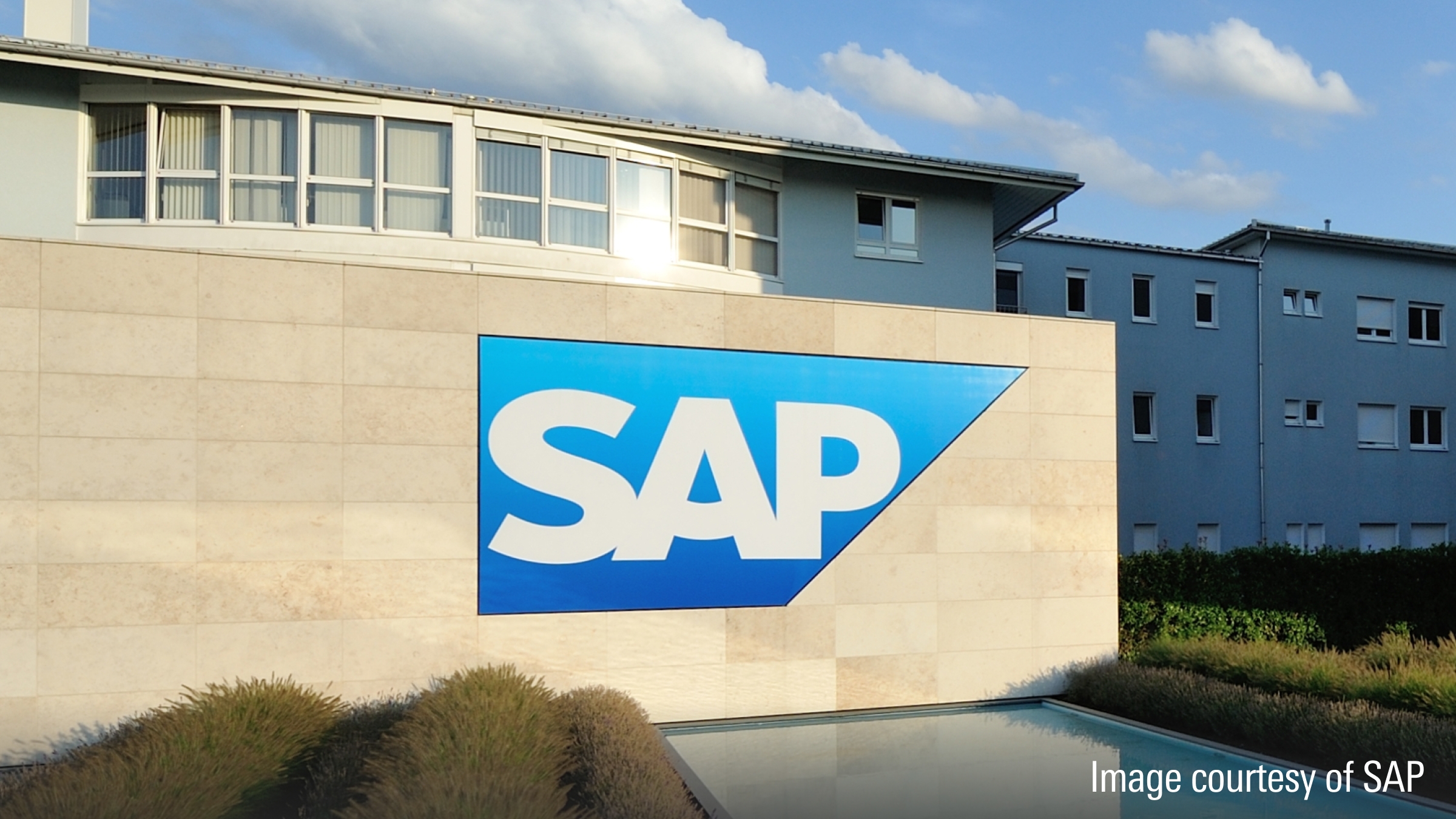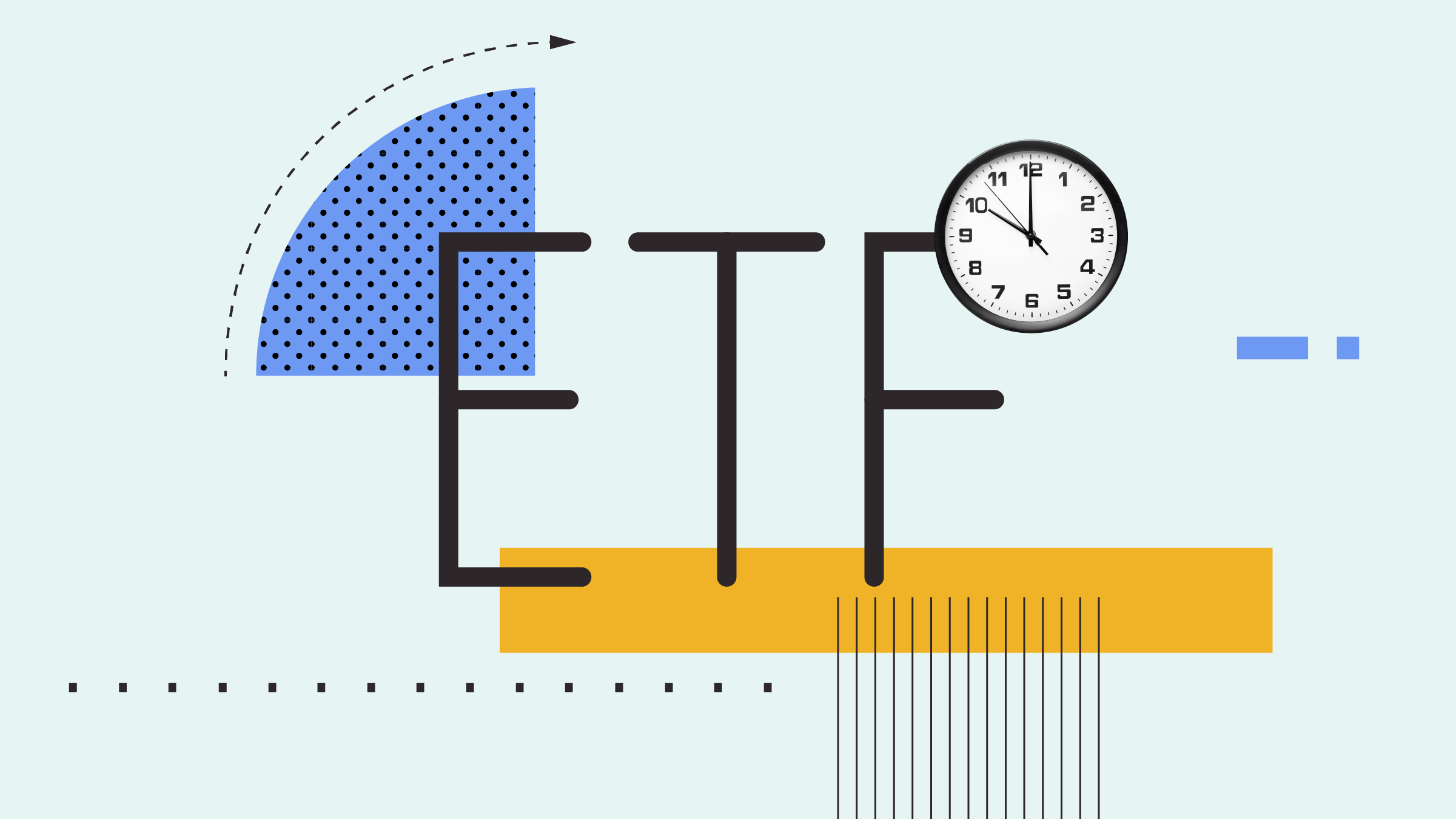
From birth to the age of 17, the cost of raising a child in Canada topped $293,000 for the average middle-income, two-parent, two-child family according to Statistics Canada in their recently published Survey of Household Spending from 2014-2017.
What do the rising costs of raising a child mean for Canadian families in 2023? It means families must save, get creative and look for tax breaks when they can. But it’s not all doom and gloom.
I spoke with two financial experts and here’s what they came up with:
First, ensure you have a Registered Education Savings Plan (RESP) – This is an investment vehicle that allows families to save money for a child’s post-secondary education. Anyone can contribute to a RESP – making it a great option for grandparents, extended family and close friends looking for gift ideas.
“The kids appreciate it down the road,” says Steve McVittie, Senior Advisor, SPM Financial.
“The questions I get about RESPs are indicative – that many people don’t fully understand how they work,” says Steve Bridge, Financial Planner, Money Coaches Canada.
Avoid Potentially Pricey Pitfalls
Bridge suggests avoiding Scholarship Plans when considering RESPs. These plans are also called Group RESPs, among other names. Morningstar Canada’s Ruth Saldanha wrote an article outlining why they should be avoided.
“Unfortunately, Group RESP plans aren’t good for anyone. You’re trying to save money, not lose it,” adds Bridge.
The better options are individual and family RESPs, which can be purchased through financial institutions (banks and credit unions). Overall, money is earned interest tax-free while in the RESP and investment earnings aren’t taxed until money is withdrawn for education.
Once the RESP is open, your financial institution (the promoter) can apply for CLB and CESG (see below).
Get the Grants
Canadian Education Savings Grant (CESG) – Created to encourage Canadians to contribute to RESPs, the government provides an annual grant of 20% of what was contributed, up to a maximum of $500 per year. Maximum CESG over the lifetime of a RESP is $7,200. (Note: Up to another $100 per year for eligible families with middle- and low-income).
Canada Child Benefit (CCB) - This is a tax-free monthly payment made to eligible families to assist them with the cost of raising children. Up to $6,765 per year for each eligible child under 6 years old and up to $5,708 for each eligible child from 6-to-17 years old.
Canadian Learning Bond (CLB) – If the child is eligible (and from a lower-income family) they can receive $500 the first year, and then another $100 each year until they are 15 years old – for a maximum of $2,000 for their RESPs.
Registered disability savings plan (RDSP) – “This one is often overlooked,” says McVittie. RDSP is a government-matched savings plan, specifically for people with disabilities. For example, for every $1 put in an RDSP account, the federal government will match it (if your family income is below $95,259) with up to $3. Plus, you’ll likely get grants and bonds from the government, adds McVittie. A person must be eligible for the Disability Tax Credit (DTC) to qualify for this savings plan.
Don’t Give Up on the Budget
“The cost of everything has gone up and it’s tough,” says McVittie. He’s ensuring clients stick to their budget, and he’s getting more nit picky on where the money is being spent. It’s imperative to be clear on wants versus needs. In times of high inflation and uncertainty – not sticking to a budget can have potentially dire consequences, such as missing a mortgage payment.
Consider Renting to Your Kids
Has your teenager picked up a job? “I’ve noticed that older kids are having trouble figuring out their next steps,” says Bridge. So, does the $293,000 include kids moving back in? No. In this situation you may want to consider charging rent and saving it on the side – getting kids into some type of forced savings plan.
Be Careful with Gifts
Occasionally, parents will gift money to their children, but that’s not always the best idea, adds Bridge. And if you are gifting money – ensure it has a clear purpose.
Lessons in Silver Linings
“The best thing you can do for your kids is teach them financial independence and budgeting. Only spend what you save,” says Bridge. Whereas the worst thing you can is create dependency. Going back to the basics can help you stay within budget and lets you lead by example.




















